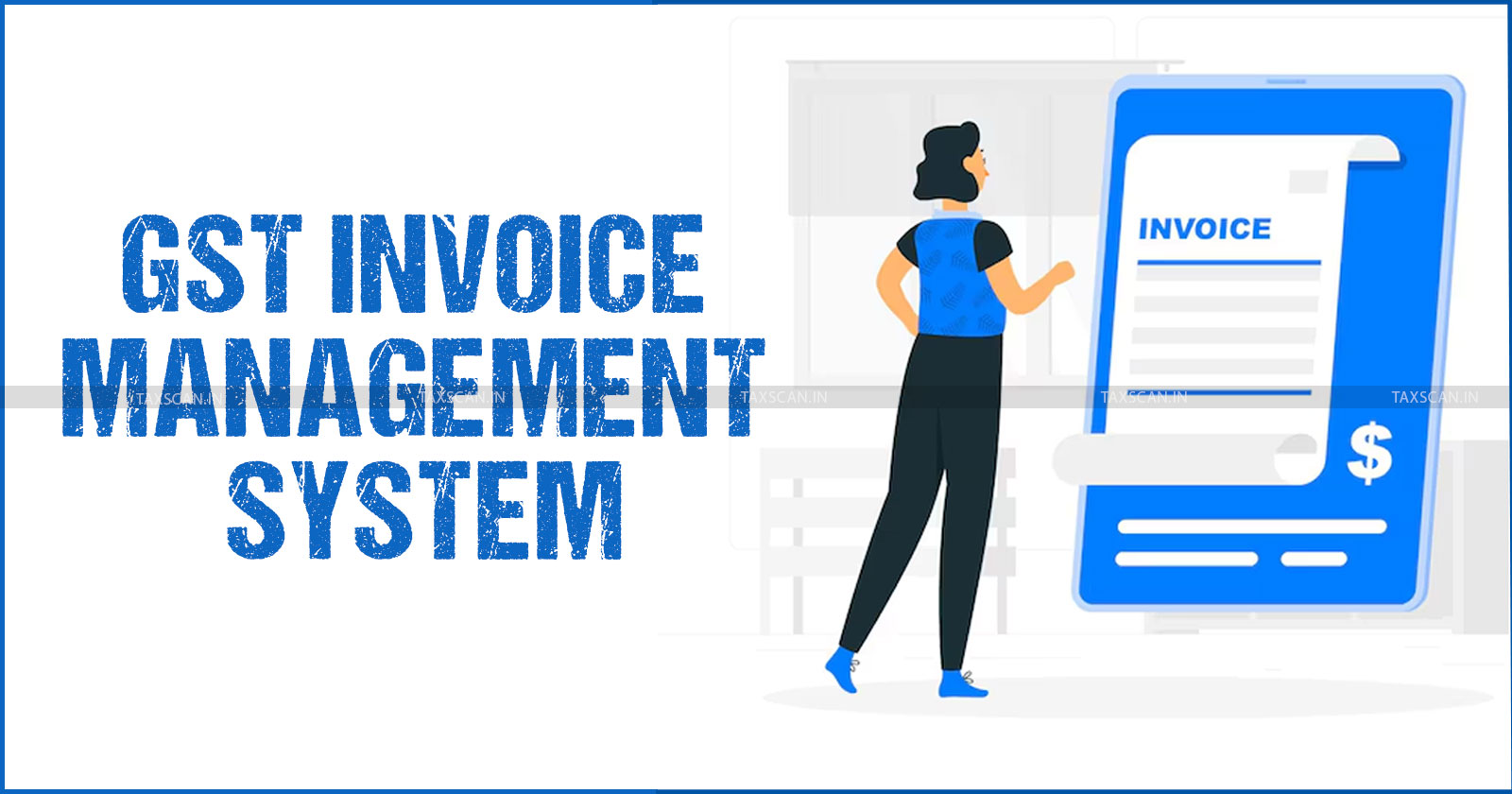GST Portal’s New Invoice Management System Sparks Issues for Quarterly Return Filers: Know How
GST Invoice Management System (IMS) aims to streamline compliance but poses initial challenges for quarterly filers due to delayed GSTR-2B and manual reconciliation demands.

Recently, the Goods and Services Tax (GST) department introduced an Invoice Management System (IMS) to ease invoice-related processes and improve tax compliance. This development aims to reduce errors and improve transparency but now it has been a new challenge for taxpayers, particularly for those filing quarterly returns under the QRMP (Quarterly Return Filing and Monthly Payment) scheme.
IMS allows taxpayers to take specific actions on invoices uploaded by their suppliers in GSTR-1/1A/IFF, such as:
- Accepting: Confirms the invoice as eligible for ITC.
- Rejecting: Removes the invoice from ITC eligibility.
- Pending: Defers the decision for future action.
The actions taken on IMS directly shape the taxpayer’s GSTR-2B, an important statement that determines ITC eligibility and impacts GSTR-3B, where ITC is claimed.
GST for Decision Makers Click Here
New Confirmation for GSTR-3B Filing
From October 2024, taxpayers will see a confirmation message when filing GSTR-3B. You must agree to this message to continue. Here’s what it means:
- Deemed Acceptance: Any invoice you don’t act on (accept, reject, or mark pending) will be treated as accepted.
- Supplier Changes: If your supplier changes or deletes an invoice after you’ve taken action, the invoice will reset or disappear from your IMS dashboard.
- IMS Dependency: Only invoices that your supplier files on time will show in your GSTR-2B. Late or incomplete submissions won’t count.
You cannot file your return without agreeing to this confirmation.
The Challenges of Adopting IMS
Although IMS brings innovative features to the GST framework, its initial implementation has introduced several challenges:
- Mistakes in accepting, rejecting, or marking invoices as pending may lead to incorrect ITC being reflected in GSTR-2B. This, in turn, can disrupt compliance when filing GSTR-3B.
- Taxpayers now have to verify supplier-uploaded data carefully. If errors occur, they must manually adjust ITC and tax liabilities in GSTR-3B before filing.
- Smaller enterprises without automated tools face greater compliance burdens as manual reconciliation of invoices becomes time-consuming and prone to errors.
- For quarterly filers under the QRMP scheme, GSTR-2B is now generated quarterly, leaving them without ITC clarity for the first two months of each quarter. This delay complicates cash flow planning and compliance.
GST Payment Options for Quarterly Filers
- Taxpayers pay 35% of the previous quarter’s tax liability in cash for the first two months.
- Tax is calculated based on actual monthly sales and purchases.
GSTN Advisory: Addressing Mistakes in IMS
The GSTN has acknowledged these issues in an advisory aimed at helping taxpayers navigate the system during its early phase. Here are the highlights:
- Taxpayers can modify their actions (e.g., from "Rejected" to "Accepted") and recompute their GSTR-2B at any time before filing GSTR-3B.
- If incorrect ITC or liabilities are auto-populated in GSTR-3B due to mistakes in IMS, taxpayers can manually adjust these figures before filing.
- If a supplier modifies or deletes an invoice, it will reset or disappear from the taxpayer's IMS dashboard, requiring fresh action.
What Can Quarterly Filers Do?
To handle these challenges, here are some steps you can take:
For Taxpayers
- Track all sales and purchases carefully.
- Log in to IMS often to check invoices and take necessary actions.
- Ask your suppliers to upload invoices on time to avoid problems.
- Use GST software to automate invoice tracking and reconciliation.
- Consult GST experts to ensure compliance and avoid mistakes.
Conclusion
The new IMS and quarterly GSTR-2B have made it harder for businesses, especially small ones, to follow compliance rules. But these issues can be handled by keeping good records, using technology to simplify tasks, and pushing for better policies. Working together, businesses and tax authorities can improve the system and make compliance easier for everyone.
Support our journalism by subscribing to Taxscan premium. Follow us on Telegram for quick updates


